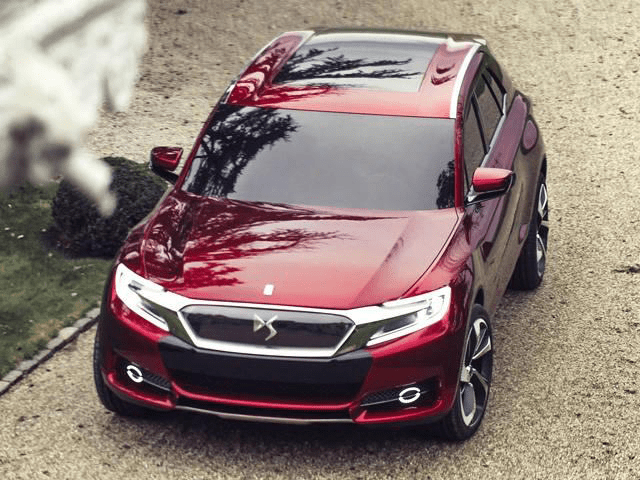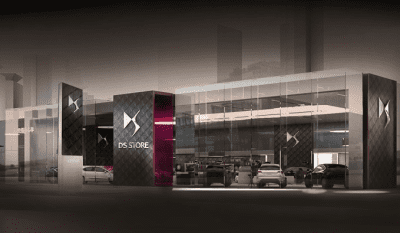 Citroën is making a huge bet on its DS premium subbrand in China. With a projected 200.000 cars to be sold through 100 stand-alone DS dealerships by 2015, the investment is enormous and the stakes are high. Crucial to success in the Chinese market is local production, as heavy taxes keep imported models limited to just 10% of the Chinese car market in 2012. This year, Citroën has started production of DS5 in Shenzhen with its Joint Venture partner ChangAn, and two more models will follow.
Citroën is making a huge bet on its DS premium subbrand in China. With a projected 200.000 cars to be sold through 100 stand-alone DS dealerships by 2015, the investment is enormous and the stakes are high. Crucial to success in the Chinese market is local production, as heavy taxes keep imported models limited to just 10% of the Chinese car market in 2012. This year, Citroën has started production of DS5 in Shenzhen with its Joint Venture partner ChangAn, and two more models will follow.
Citroën dropped the ball in China
The French were one of the first foreign brands that were allowed to sell cars in China in the 1980s, together with VW. But from those early days, both brands have walked different paths, with different results.
Volkswagen has capitalized upon its first-mover advantage to build its brand into the market leader thanks to massive investments in production capacity and a wide range of products from low-end all the way up to premium with sister brand Audi.
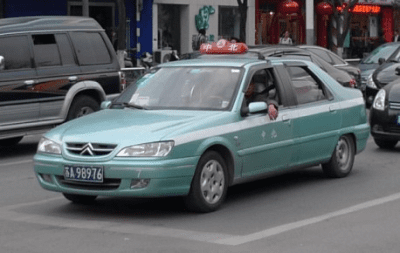 Citroën has dropped the ball by staying with the bottom-end of the market for much too long. For example, the 1992 Citroën ZX Fukang, was sold as a hatchback until 2008 thanks to 2 facelifts, but the 4-door was renamed Elysee in 2002 and was facelifted again in 2010. Based on the 1992 Citroën ZX, it has been on sale, mostly as a very basic taxi model, until this year when it was finally replaced by a completely new C-Elysee. Sure, VW has done the same with Jetta, but they have built a strong line-up of modern vehicles besides that. With about 15 years worth of very basic transportation still very visible on the Chinese streets, it’s not hard to understand why Citroën chose to introduce their premium models under a different sub brand.
Citroën has dropped the ball by staying with the bottom-end of the market for much too long. For example, the 1992 Citroën ZX Fukang, was sold as a hatchback until 2008 thanks to 2 facelifts, but the 4-door was renamed Elysee in 2002 and was facelifted again in 2010. Based on the 1992 Citroën ZX, it has been on sale, mostly as a very basic taxi model, until this year when it was finally replaced by a completely new C-Elysee. Sure, VW has done the same with Jetta, but they have built a strong line-up of modern vehicles besides that. With about 15 years worth of very basic transportation still very visible on the Chinese streets, it’s not hard to understand why Citroën chose to introduce their premium models under a different sub brand.
DS is focused on China
Despite already over 300.000 DS sold in Europe, Citroën General Manager Frederick Banzet is quoted “China is our priority market,” at the opening of DS World in China, last April. The DS World in Paris opened only just this month, more than a half year later than the Chinese store, emphasizing Citroën’s priorities. China also is the only country where DS will be sold through a separate dealer network.
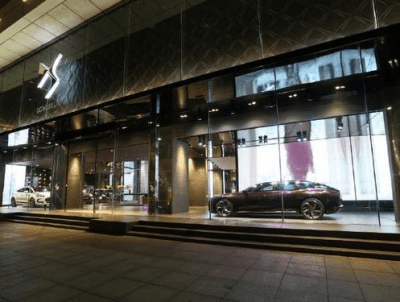 To underscore the ambitions Citroën has for DS in China, the Shanghai DS World boutique is located in a neighborhood that includes stores from French luxury brands Dior and Louis Vuitton and car brands Porsche, Ferrari and Maserati.
To underscore the ambitions Citroën has for DS in China, the Shanghai DS World boutique is located in a neighborhood that includes stores from French luxury brands Dior and Louis Vuitton and car brands Porsche, Ferrari and Maserati.
The brand will introduce a large SUV named DS X7, based on the DS Wild Rubis Concept Car, as a China-only vehicle, and a four-door version of the DS4 compact will also not be sold in Europe.
How important is the Chinese premium car market?
Premium cars take an 8 percent share of the Chinese car market, with around one million new luxury cars on the road this year. According to Gregoire Olivier, Vice President of PSA Asia, “In 2020 it will be more than 15 percent of a car market which would have doubled. The DS is addressing this new generation of premier car buyers and we think there is a lot of room even for others.”
He is talking about Volvo, Infiniti and Cadillac. Cadillac and Chinese-owned Volvo both also only started Chinese production this year and both are aiming for 200.000 Chinese sales in 2015 as well. Infiniti will open its first production facility in China in 2014 and hopes to sell 100.000 cars in 2016.
Currently, the Chinese premium car market is a German stranglehold, just like in most of the rest of the world. In 2012, Audi sold nearly 400.000 vehicles in China, BMW almost 320.000 cars and Mercedes-Benz over 210.000 units. Looking at those numbers, 200.000 DS cars in 2015 looks like a stretch target, especially for a brand that’s been on the market just a few years and that’s not German.
What do the Germans have that the French don’t?
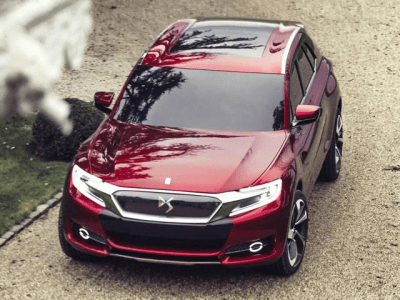 The German premium brands are successful in China, because they are seen as premium brands in Europe and North America, while Peugeot and Citroën are mainstream brands in Europe and not even available in the United States. That makes it very difficult to establish themselves as credible luxury brands, even when they try to bring their brands in line with other French luxury brands like Cartier, Chanel, Hermes and Louis Vuitton.
The German premium brands are successful in China, because they are seen as premium brands in Europe and North America, while Peugeot and Citroën are mainstream brands in Europe and not even available in the United States. That makes it very difficult to establish themselves as credible luxury brands, even when they try to bring their brands in line with other French luxury brands like Cartier, Chanel, Hermes and Louis Vuitton.
Obviously, German quality engineering beats French boutique chique when it comes to the Chinese premium car market.
Will DS succeed in China?
As mentioned earlier, the target of 200.000 annual sales will be a tough nut to crack. That would put the start-up brand on the same level as Citroën and Peugeot, but also Mercedes-Benz in 2012. Of course, the Chinese car market is set to keep growing with nearly double digits the next couple of years, with premium cars growing even faster. But new entrants like Volvo, Infiniti and Cadillac all want a piece of the action, and the Germans are not likely to give up market share, filling the holes in their line-up with all possible niches.
It has taken Skoda 5 years to reach 200.000 sales, and that’s a not even a full premium brand, as Skoda Octavia sells for half the price of DS4.
Moreover, in order to sell those cars, the brand needs dealers. Citroën has aimed for 70 dealerships in 60 Chinese cities by the end of 2013. With one month left, there are only 35 DS dealerships in 25 Chinese cities, while 34 cities still have open positions. If not enough Chinese entrepreneurs have confidence in Citroën’s ambitions to invest their hard-earned cash in a DS dealership, that may me a writing on the wall.
| China sales for major European brands | |||
| 2012 | 2011 | Change | |
| Volkswagen | 2.077.784 | 1.733.406 | +20% |
| Audi | 399.864 | 303.149 | +32% |
| BMW | 318.958 | 253.811 | +26% |
| Citroën | 224.094 | 230.614 | -3% |
| Skoda | 220.100 | 220.090 | 0% |
| Mercedes-Benz | 211.701 | 207.885 | +2% |
| Peugeot | 210.773 | 160.710 | +31% |
| Volvo | 41.989 | 47.140 | -11% |
| Renault | 31.322 | 21.584 | +45% |
| Porsche | 23.144 | 24.846 | -7% |
| Mini | 22.121 | 17.109 | +29% |
| Fiat | 12.633 | 922 | +1270% |
| All automakers | 16.366.208 | 15.237.749 | +7% |

